SOURCE: IDRW.ORG.


India’s ambitious plan to establish a comprehensive multi-tiered air defense system has taken a significant step forward with the Defense Research and Development Organization (DRDO) commencing the fabrication of M1, M2, and M3 interceptors. These interceptors form the core of Project Khusha, an indigenous air defense program that aims to create a layered shield capable of protecting the country from a wide array of airborne threats, including hypersonic missiles.
According to sources, DRDO has placed an order for the fabrication of 12 units of the three interceptor variants, marking a critical milestone in the development of the defense system. The goal is to deploy the long-range surface-to-air missile (LR-SAM) system under Project Khusha by 2028-2029, with a maximum interception range of 350 km.
Continue readingSOURCE: IDRW.ORG.


HFCL Limited, a leading Indian technology company, has achieved a significant milestone by indigenously developing electronic fuzes for artillery shells. The company has successfully created electronic fuzes for 130mm and 155mm artillery shells, enhancing the precision and effectiveness of India’s artillery arsenal.
The electronic fuzes developed by HFCL are equipped with two operating modes: Point Detonation Super Quick (PDSQ) and Point Detonation delay. These modes allow for precise control over the detonation of the artillery shell, ensuring accurate targeting and minimizing collateral damage. The fuze function can be programmed between the two modes using a simple switch located on the side of the fuze.
Continue readingSOURCE: RAUNAK KUNDE / NEWS BEAT / IDRW.ORG


India’s growing focus on enhancing its ground forces’ mobility and protection has led to offers from both the United States and Russia for advanced wheeled armoured platforms. Following the U.S.’s proposal to locally produce the Stryker Armoured Personnel Carrier (APC), Russia has countered with its Boomerang Wheeled Armoured Personnel Carrier (APC) and Wheeled Infantry Fighting Vehicle (IFV), based on the Boomerang unified combat platform.
This comes as India explores options to equip its motorized infantry, special forces, and marine units with 198 modern, high-performance APCs that can enhance their operational capabilities in diverse terrains.
Continue readingSOURCE: RAUNAK KUNDE / NEWS BEAT / IDRW.ORG
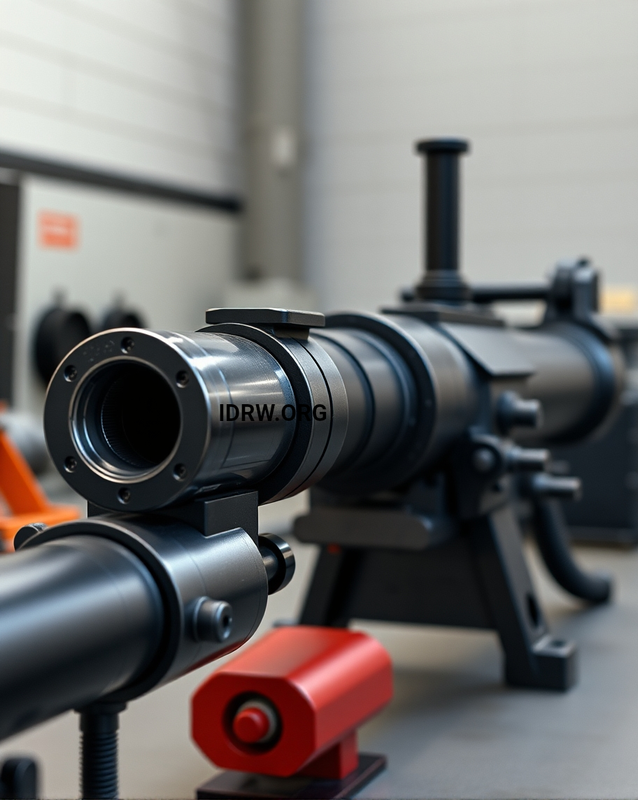

The Armament Research and Development Establishment (ARDE), a lab under the Defence Research and Development Organisation (DRDO), has embarked on developing a new 105mm high-pressure (HP) barrel that will be a key feature of the Zorawar Light Tank. According to sources familiar with the project, the design phase of the 105mm gun has been completed, and an industrial partner has been selected to commence the fabrication process.
The development of the 105mm HP gun comes as part of India’s broader initiative to reduce its dependence on foreign military technology by creating indigenous alternatives. The ARDE-designed 105mm gun is intended to replace the current Cockerill 105mm HP gun (a NATO-standard system) that is currently fitted on the Zorawar Light Tank prototypes.
Continue readingSOURCE: RAUNAK KUNDE / NEWS BEAT / IDRW.ORG


The Combat Vehicles Research and Development Establishment (CVRDE), in collaboration with Ashok Leyland, has developed a new 600 horsepower (hp) engine, which will soon be tested on the WhAP 8×8 (Wheeled Armoured Platform). The engine, which has undergone extensive and rigorous testing in a controlled lab environment, is now ready to be evaluated in real-world conditions onboard the WhAP 8×8 platform. This marks a significant milestone in the development of Indigenous defence technologies for India’s military vehicle programs.
The WhAP 8×8 is a versatile, amphibious Wheeled Armoured Vehicle jointly developed by the Defence Research and Development Organisation (DRDO) and Tata Motors. Designed to meet the mobility, firepower, and protection needs of the Indian Army, the platform can perform in diverse operational environments, including deserts, mountains, and riverine regions.
Continue readingSOURCE: IDRW.ORG.


On February 12th, 2014, a crucial moment in India’s defense history unfolded when the Ministry of Defence (MoD) was jolted from its passive stance by the increasing presence of China’s nuclear-powered submarines in the Indian Ocean Region (IOR). This was the day India realized the growing threat in its own backyard, as the Chinese People’s Liberation Army Navy (PLA Navy) deployed Shang-class (Type 093) nuclear-powered attack submarines (SSNs) in the IOR for the first time. This deployment was a clear demonstration of China’s intent to project its naval power in the region, marking the start of a new era of maritime strategic competition between India and China.
This move by China highlighted India’s vulnerability in the IOR, spurring the Indian MoD to take decisive action. The Chinese SSN presence effectively underscored the strategic imbalance in the region and prompted India to expedite the development of its own nuclear-powered attack submarines.
Continue readingSOURCE: IDRW.ORG.


The Indian Ministry of Defence (MoD) has issued a call to Indian industries, particularly MSMEs and startups, to develop Automatic Defect Recognition (ADR) software for weld radiography inspection, specifically for naval applications. This initiative is crucial as India’s defense forces are heavily involved in the fabrication of steel hulls for various naval vessels, and ensuring the integrity of these welds is critical for safety and performance.
Weld integrity is a vital aspect of naval construction, particularly in the fabrication of steel hulls that form the backbone of ships and submarines. The Indian Navy relies on nondestructive testing (NDT) methods to inspect these weldments, with Digital Radiographic Testing (DRT) being a widely adopted technique. DRT includes digitized film-based and computed radiography (CR)-based approaches that capture high-resolution images of welds for evaluation.
Continue readingSOURCE: RAUNAK KUNDE / NEWS BEAT / IDRW.ORG


Hindustan Aeronautics Limited (HAL), India’s premier aerospace and defence company, is advancing the capabilities of its Indian Multi-Role Helicopter (IMRH) and Deck-Based Multi-Role Helicopter (DBMRH) through the integration of Manned-Unmanned Teaming (MUM-T).
This initiative aims to revolutionize helicopter operations by allowing manned helicopters to work in conjunction with rotary-winged unmanned aerial vehicles (UAVs) to enhance mission performance, particularly in high-risk areas such as combat zones.
Continue readingSOURCE: RAUNAK KUNDE / NEWS BEAT / IDRW.ORG
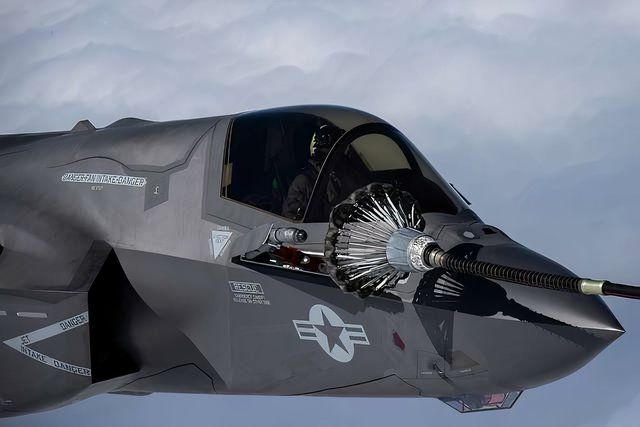

The Aeronautical Development Agency (ADA) has released an Expression of Interest (EoI) for a telescopic-type retractable refuelling system for the Light Combat Aircraft (LCA) Air Force Mk-2 program. The LCA AF Mk-2 is being designed with a modern fuel system to meet its operational and technical requirements.
This system incorporates a retractable Air-to-Air Refueling (AAR) feature, utilizing a Telescopic Probe and Drogue system, enhancing the aircraft’s range and endurance for extended missions. The integration marks a key technological advancement for India’s indigenous fighter program.
Continue readingSOURCE: RAUNAK KUNDE / NEWS BEAT / IDRW.ORG
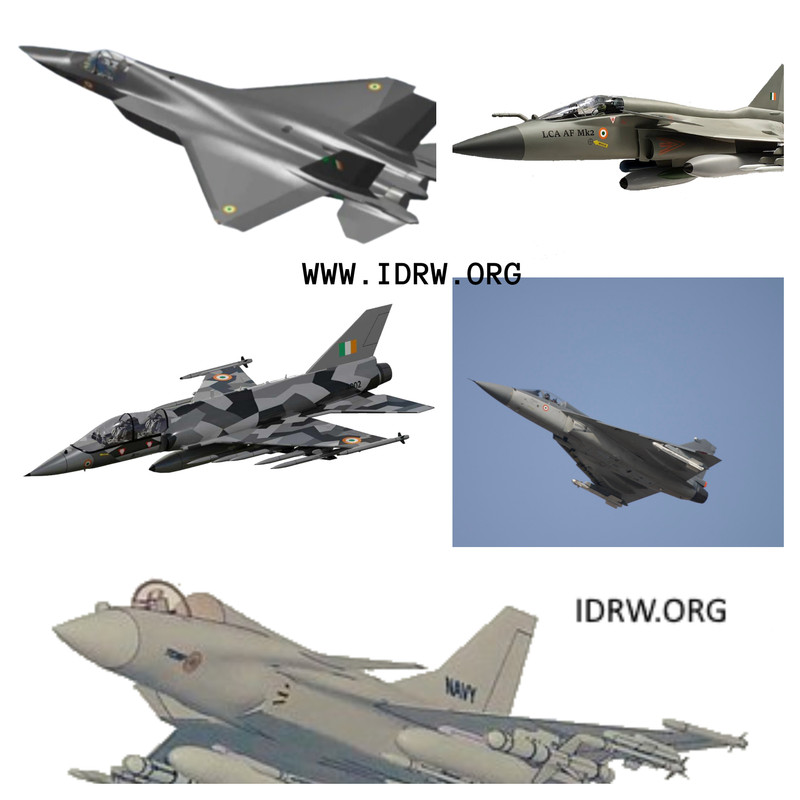

The Defence Ministry is currently reviewing a proposal to create a National Aerospace Testing Establishment (NATE) to streamline and consolidate testing and evaluation of all aerospace platforms, including aircraft, helicopters, drones, and airborne weapons. NATE aims to be a “single-window” entity for private sector engagement, from design to final certification, potentially reducing lengthy prototype development cycles.
The Indian Air Force (IAF) has spearheaded the initiative, leveraging its existing expertise through the Aircraft and Systems Testing Establishment (ASTE) and the Air Force Test Pilots School (AFTPS) in Bengaluru. The proposal, submitted to the Ministry of Defence’s Department of Military Affairs, led by Chief of Defence Staff (CDS) General Anil Chauhan, is expected to enhance testing efficiency across all branches of Indian aviation, including military and commercial ventures.
Continue readingSOURCE: IDRW.ORG
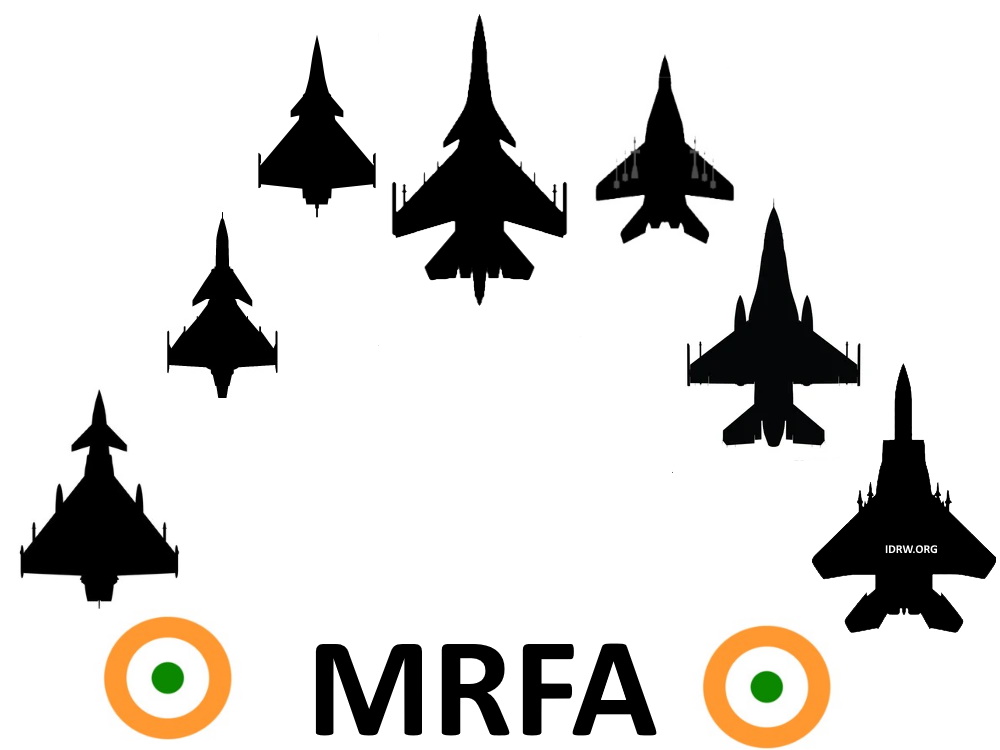

The Indian Air Force (IAF) is considering an open tender for its ambitious Multi-Role Fighter Aircraft (MRFA) program, which aims to procure 114 advanced fighter jets. In a significant departure from earlier plans, the IAF is pushing for a high production rate within India, aiming for 24 aircraft per year instead of the previously suggested rate of 10-14 units annually. This proposed increase in production rate could lead to additional costs for the Ministry of Defence (MoD), as a larger-scale manufacturing setup will be necessary to meet the new output requirements.
The IAF’s demand for a higher production rate reflects its urgency to quickly bolster its combat capabilities, addressing current operational demands and strengthening defences across multiple fronts. By accelerating production to 24 jets annually.
Continue readingSOURCE: IDRW.ORG


At Swavlamban 2024, Artemon Aerospace unveiled its latest innovation in unmanned aerial vehicles (UAVs) with the launch of a multi-role VTOL (Vertical Take-Off and Landing) UAV. This new UAV, designed to deliver versatile and high-performance aerial capabilities, can carry payloads up to 35 kilograms, making it a strong contender in both defense and commercial markets where heavy payload transport and precision operation are crucial.
According to officials from Artemon Aerospace, the UAV has been designed for extended endurance, a standout feature for its size class. This enables it to stay in the air longer than typical VTOL UAVs, enhancing its suitability for a variety of extended surveillance and reconnaissance missions. Furthermore, its advanced navigation systems allow it to operate effectively in GNSS-denied environments, making it ideal for deployment in remote or GPS-jammed areas. This capability opens up avenues for both defense and intelligence operations, where GPS-denial is a common tactic.
Continue readingSOURCE: RAUNAK KUNDE / NEWS BEAT / IDRW.ORG


The Indian government has clarified that it has not imposed any penalties on GE Aviation for delays in delivering the F404-IN20 engines, essential for Hindustan Aeronautics Limited’s (HAL) production of the Tejas Mk1A Light Combat Aircraft (LCA). The statement comes after recent media reports, specifically from “ThePrint”, suggested that multiple penalties were levied against GE Aerospace due to prolonged delays, which have impacted the indigenous fighter jet’s production timeline.
Contrary to these reports, official sources have confirmed that HAL, which holds the contract with the U.S. aerospace giant GE Aviation, opted not to enforce the financial penalties stipulated in the agreement for supply delays. idrw.org was the first to highlight this issue in its report published on October 24, the decision reflects HAL’s consideration of the broader strategic partnership with GE Aerospace, particularly with the Tejas program’s future engine requirements in mind.
Continue readingSOURCE: RAUNAK KUNDE / NEWS BEAT / IDRW.ORG
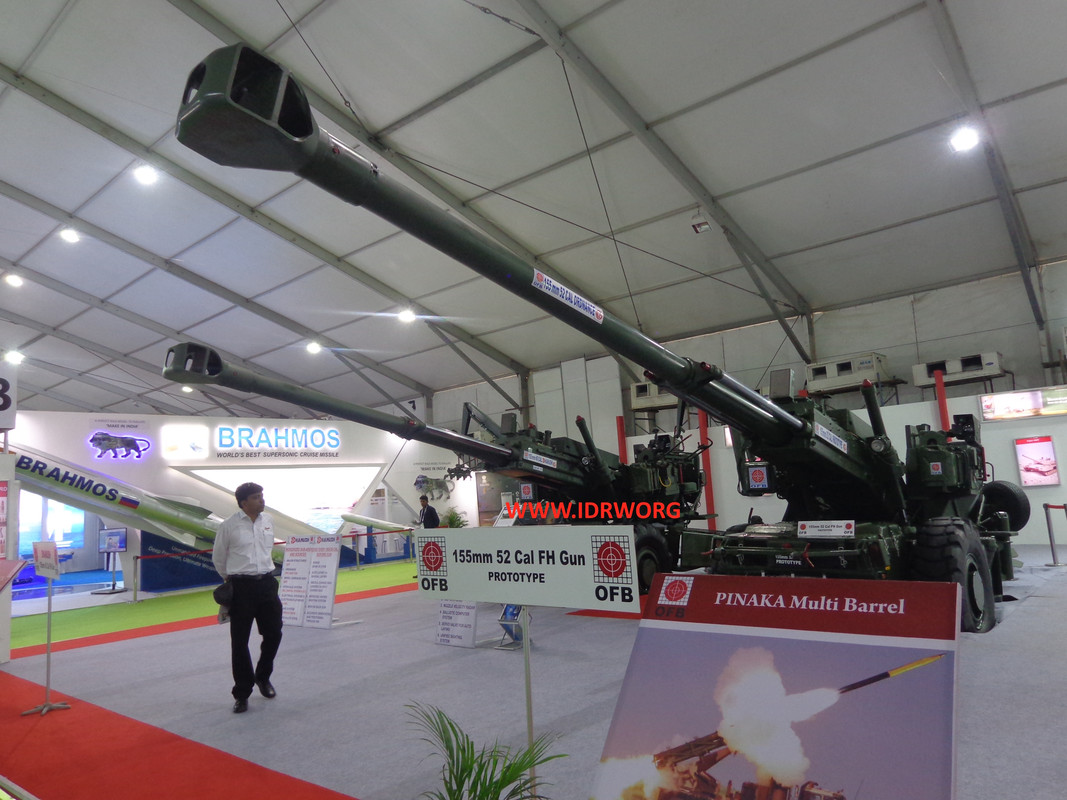

Repeated delays and technical issues with the Dhanush 155mm X 45 Calibre Gun have put the Indian Army in a challenging position, prompting a review of its procurement plans. Initially intended to replace ageing Bofors guns in the Army’s artillery regiments, the Dhanush system—developed by the Ordnance Factories Board (OFB) in collaboration with the Indian Army—has struggled with consistent delivery timelines, adding pressure to an already stretched artillery modernization program.
In 2019, the Army placed an order for 114 Dhanush guns, after the system received bulk production clearance in February of that year. The delivery schedule aimed to complete the order by 2022, but as of now, it is anticipated that the Army won’t receive all the guns until mid-2026, and further delays are still possible. These setbacks have led the Army to reconsider its plan to procure more units of the Dhanush gun.
Continue readingSOURCE: RAUNAK KUNDE / NEWS BEAT / IDRW.ORG
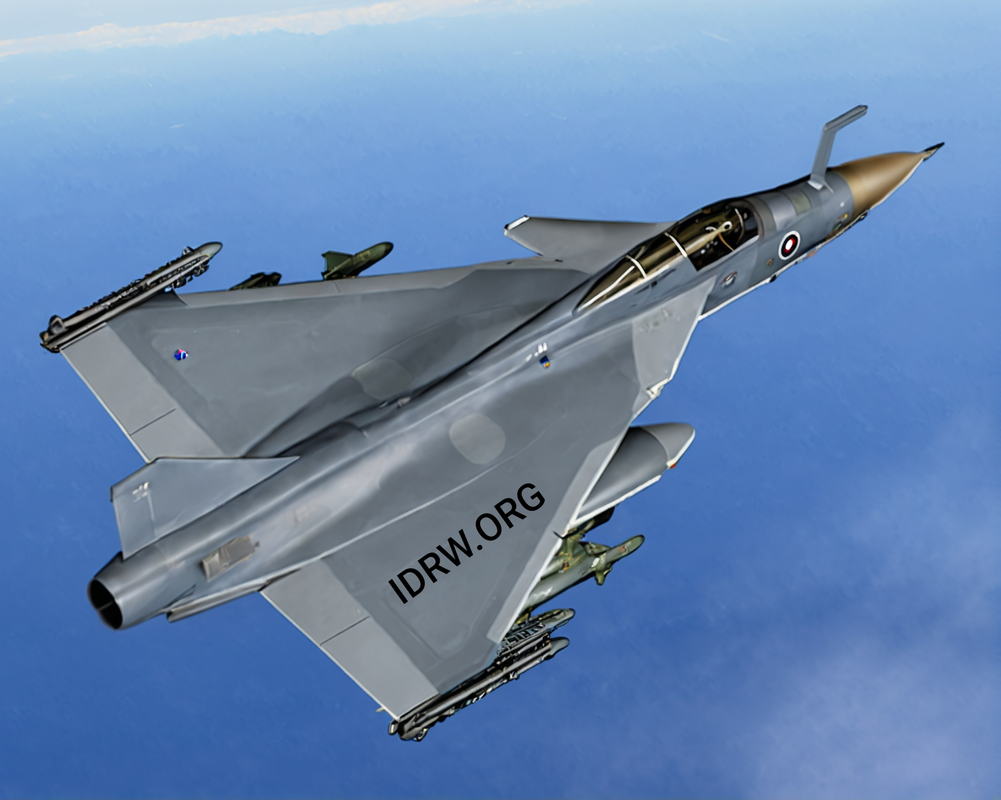

The inclusion of canards on the Tejas MkII offers multiple aerodynamic benefits, particularly in enhancing the aircraft’s lift and improving its performance during slow-speed manoeuvres, such as landings and takeoffs. One of the primary functions of canards is to generate additional lift at slower speeds, making them crucial for operations like short takeoff and landing (STOL), which are essential for carrier operations or limited runway availability.
During landings, aircraft are required to operate at lower speeds, and maintaining lift becomes critical. The canards on the Tejas MkII, positioned in a close-coupled configuration just behind the cockpit and slightly ahead of the wings, play a crucial role here. Being close-coupled means the canards interact more efficiently with the airflow over the wings, improving the overall wing-canard interaction. This leads to a significant increase in the lift generated by the wings.
Continue reading